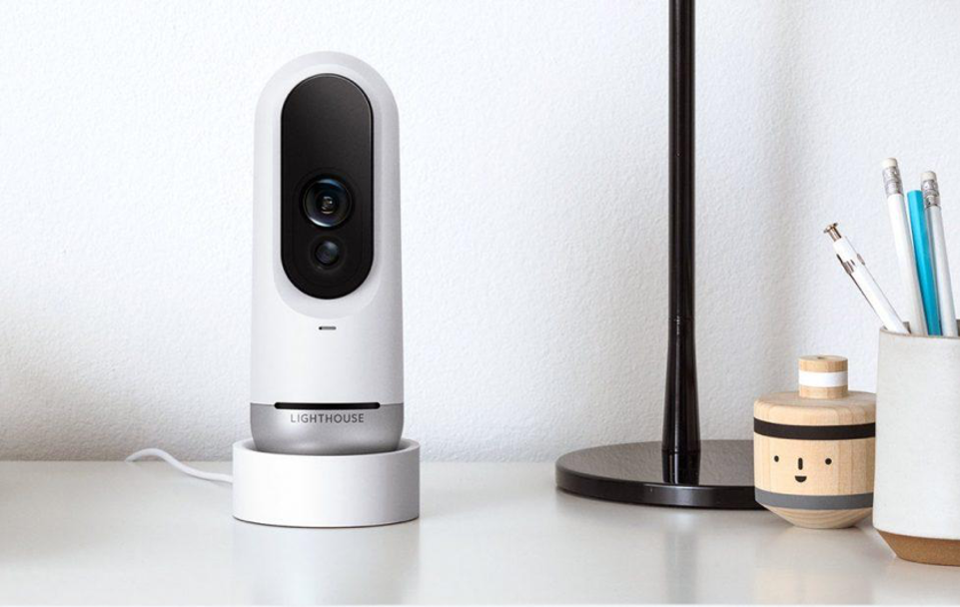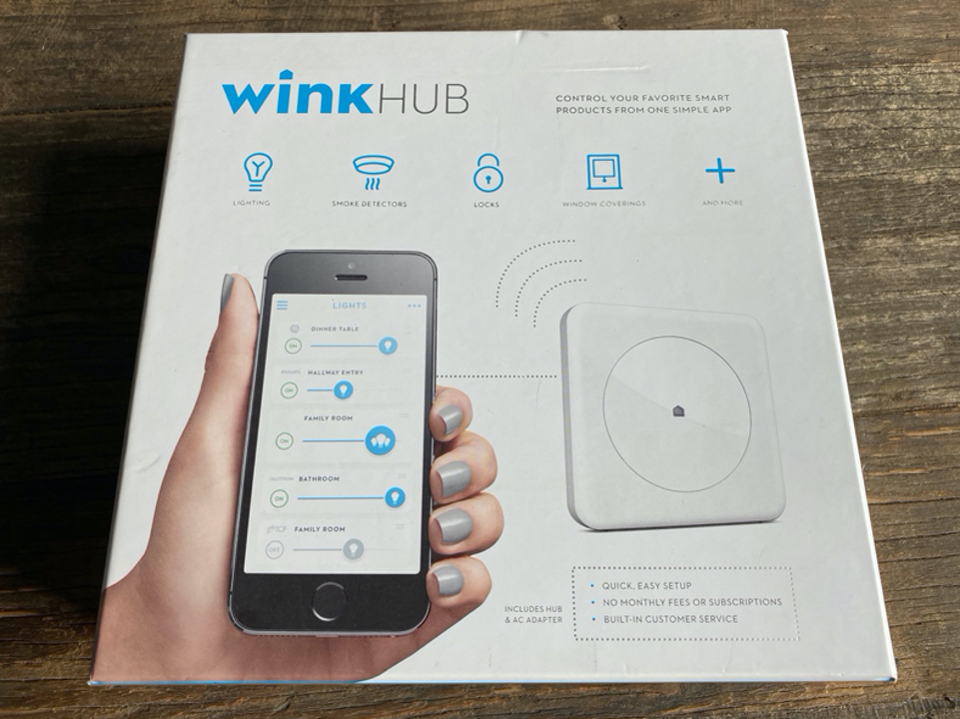
The smart home, in a broad sense, is one of the bigger technological developments of the past five years, providing much convenience for consumers and enhancing productivity. The smart home has experienced explosive growth, spurred in large part by the launch of Amazon Alexa and Google Assistant digital assistants and smart speakers in 2014 and 2016, respectively. These devices have made voice control of consumers’ numerous, disparate IoT devices almost effortless and painless, and consumers have flocked to them in droves.
Despite the goodness and excitement surrounding today’s smart home, there have been hiccups and frustration for many consumers. These problems have only increased during COVID-19 as numerous consumers seek to modernize their home productivity setup (more on that later) and adopt more smart home applications. Let’s take a quick look into some of these dark tales, because there are things to learn from them.
Tale #1: The case of “disappearing” smart home gear

LIGHTHOUSE
Sadly, this situation will likely happen to you despite your best intentions. It has happened to me on more than one occasion. Consider it a sunk cost when you plunge into the dangerous waters of the smart home.
The scenario I’m describing is this: you’re mesmerized by a particular smart home product solution. You end up buying it, setting it up and using it to your satisfaction, but then—poof! Almost out of nowhere, the product gets discontinued or, even worse, the manufacturer goes out of business. You’re left in a lurch with hardware that does not operate anymore, because its required backend services are discontinued. Product support goes MIA. And worst of all, you’re out several hundred dollars (or more) on a product that you need to replace with something else.
As I said, this happened to me on more than one occasion. Most of the time, it occurs with startup companies. That was the case when I purchased Lighthouse, a nifty, $299 AI-powered security camera that was one of the first to feature facial recognition. Lighthouse could monitor your home and tell you when approved (or for that matter, unauthorized) individuals entered your home—it could even recognize pets. The company shut down after less than a year of sales. I found out the hard way when the camera I installed at my mom’s home in New Jersey simply stopped working. Fortunately, Lighthouse provided refunds, but that’s not usually the case.
Even large, established vendors sometimes discontinue hardware with little or no notice. In 2019, venerable Roku announced that it would no longer offer technical support for its Roku 1 and Roku 2 models that were introduced several years ago. Additionally the devices would no longer be able to support new versions of critical apps. Loyal Roku users had little choice but to upgrade to more recent models.
Sonos started an infamous brouhaha earlier this year when it announced it would not provide updates for the original Zone Players, Connect and Connect:Amp (many of which were over ten years old). This gave off the impression that the company was employing “planned obsolescence” to force its loyal customers to upgrade. They would be left with an unsupported speaker in their household speaker system that wouldn’t get the latest features. Much of this angst, in my view, could have been avoided with better, more transparent and proactive communications. At the onset, the company should have signaled to its customer base that even original purchases would continue to maintain some baseline level of functionality, which they have done since legacy customers expressed their displeasure.
To Sonos’ credit, its messaging has significantly improved since this mess occurred. However, the lesson for all smart home aficionados is that you must be prepared to replace obsolete or discontinued hardware at some point. It’s merely a function of the upgrade-oriented world we live in. That doesn’t mean you shouldn’t expect a product or solution to work for a substantial period (and I think a decade is generally a reasonable expectation). Still, you might want to think twice about installing that speaker or camera in a difficult-to-access location in your home—you may regret it should you have to replace it.
Tale #2: The case of the smart home “bait and switch” service
This account, in my view, is worse than the one I described above. I’m talking about when a company makes you feel like it has outright lied to you.
The best example of this tale—and it’s a case study in stupidity in my view—revolves around Wink Labs. The company, whose smart home hub solution has grown in popularity over the past few years, has found success largely because of its free service model. It claims that over 4 million devices are now connected to its network—not an insignificant number. A few weeks ago, Wink Labs announced it would require customers to pay a $4.99 monthly service fee to access their devices from the Wink app via voice control or the Wink API. Not surprisingly, Wink customers reacted with outrage at the prospect of losing all of their automations and settings if they did not subscribe (though the company claimed it would reactivate these capabilities upon subscription). Anger over the subscription has even prompted a class action lawsuit against Wink.
If you read many of the comments on Wink’s Twitter feed, it’s clear the subscription model itself is not entirely to blame for customers’ indignation—a big part of it was the short notice and abruptness of the announcement. While that certainly didn’t help things, the moral of the lesson is this: Wink did not recognize that its initial, subscription-free business model was not sustainable. That’s not fair to its customers—the phrase “No Monthly Fees or Subscriptions” is even inscribed on Wink’s packaging.

MARK VENA
Rocco Ancona, a career Silicon Valley tech exec who happens to be a longtime Winks user, summed it up in this diplomatic way: “The Wink business model has always been challenging. Trying to succeed in selling an inexpensive one-time-purchase hardware device, promising no monthly fees or subscriptions, yet requiring both ongoing cloud infrastructure, software maintenance and future development costs was always going to be an uphill climb. However, threatening to brick the smart homes that many of us spent years building out with one week's notice unless we agreed to a subscription service isn’t the best path to build customer confidence.”
In my opinion, his analysis was too kind.
Tale #3: It took a pandemic to raise the security and privacy issues with home video conferencing
Chalk this one up to a perfect storm of technology, a huge influx of new remote workers and lax security protocols. Many workers recently had to learn about the downsides of video conferencing the hard way.
Our company has written extensively on Zoom's issues, as demand for the company’s video-conferencing solution skyrocketed at the outset of the pandemic. Numerous news services cast light on its lack of true end-to-end encryption, and lax attitude towards data-sharing with the likes of LinkedIn and Facebook. To Zoom’s credit, it recently added end-to-end encryption in the latest iterations of its desktop and mobile apps. But that doesn’t give them a pass for introducing “Zoombombing” into the lexicon, where trolls could (almost without effort) jump into a public Zoom conference and project inappropriate content during the call. What’s more, the Washington Post reported in early April that thousands of personal Zoom calls were left viewable on the open Web, risking the privacy of millions of Americans as they turned to video calls for work, education, and socializing with their loved ones. This is not good stuff.
These concerns are not going to go away. At the onset of the pandemic, many newly remote workers realized they didn’t have the right high-definition equipment to be productive at home on a sustained basis. COVID-19 created towering demand for PCs, as well as high-quality AV peripherals such as webcams, noise cancellation headphones, discrete microphones—even portable “green screens” used to hide a messy home office. Now that businesses and workers are newly equipped with the technology, infrastructure and know-how to make work-from-home possible, it will likely remain the “new normal” for many—even after we emerge from the pandemic. Moving forward, the industry must continue to take the privacy and security concerns around these devices and services seriously.
Closing thoughts
A column like this might give one the impression that I’m down on the smart home. If you read my regular posts on Forbes, you’ll know that couldn’t be further from the truth. I’m a longtime believer in the potential of the smart home from a lifestyle, productivity, communications and entertainment standpoint.
Still, consumers should keep in mind the Latin term “caveat emptor” (let the buyer beware). While new startup companies might excel in developing great technology, they can be lousy at external communications—particularly when they attempt to phase out older technology to maintain innovation and introduce new capabilities. While I always like to recommend legacy companies who are more adept at managing these transitions, even for them, that’s not always possible. Consumers should anticipate occasional “sunk costs”—it’s just an unfortunate reality of today’s smart home.
Video conferencing solutions are now essential and will likely remain so even after the pandemic has faded. Keep your mind open to other non-Zoom solutions, such as Microsoft Teams, Cisco Webex, and even Google Duo. They all have security and privacy features incorporated into their design, instead of as an after-thought. Also, consider pinging your IT department—they’ll likely have recommendations for video conferencing solutions with robust security and privacy capabilities. In these rapidly changing times, it’s important to maintain vigilance.
Patrick founded the firm based on his real-world world technology experiences with the understanding of what he wasn’t getting from analysts and consultants. Ten years later, Patrick is ranked #1 among technology industry analysts in terms of “power” (ARInsights) in “press citations” (Apollo Research). Moorhead is a contributor at Forbes and frequently appears on CNBC. He is a broad-based analyst covering a wide variety of topics including the cloud, enterprise SaaS, collaboration, client computing, and semiconductors. He has 30 years of experience including 15 years of executive experience at high tech companies (NCR, AT&T, Compaq, now HP, and AMD) leading strategy, product management, product marketing, and corporate marketing, including three industry board appointments.
- Patrick Moorheadhttps://moorinsightsstrategy.com/author/phfmphfmgmail-com/
- Patrick Moorheadhttps://moorinsightsstrategy.com/author/phfmphfmgmail-com/
- Patrick Moorheadhttps://moorinsightsstrategy.com/author/phfmphfmgmail-com/
- Patrick Moorheadhttps://moorinsightsstrategy.com/author/phfmphfmgmail-com/






















































































